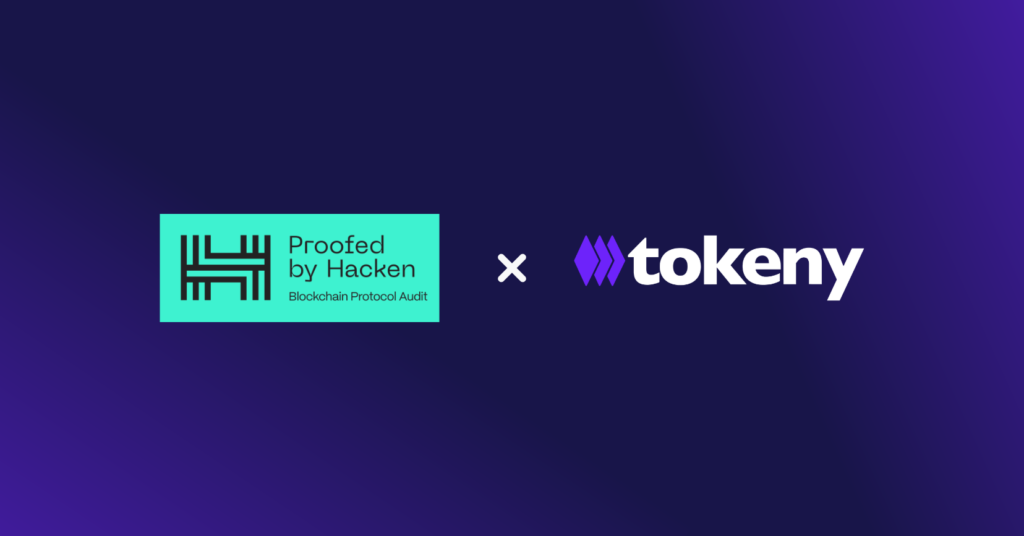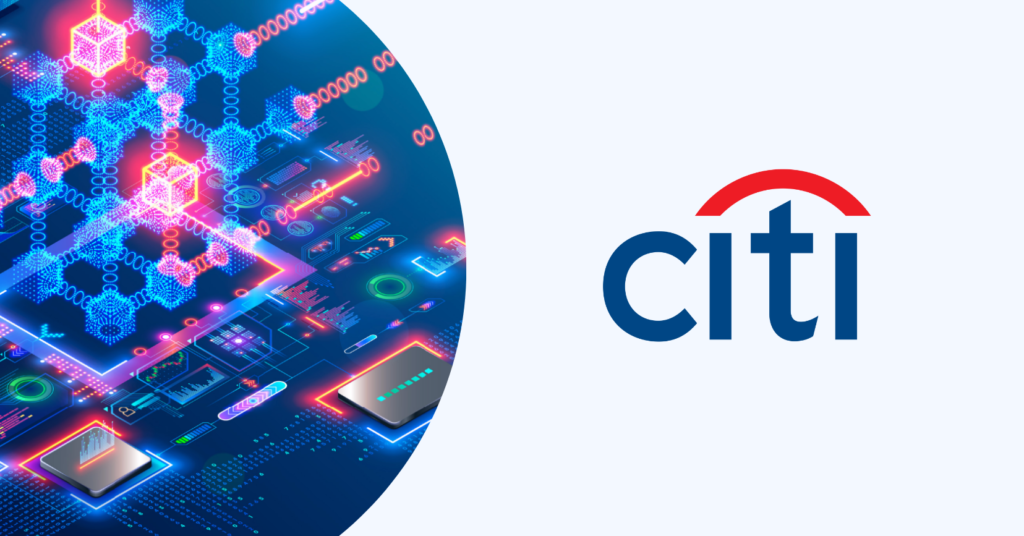The EU Regulation Leads the Way in Digital Securities
As the race to embrace digital securities and the tokenization of assets accelerates, the US seems to be lagging behind the European Union. Despite the appointment of Gary Gensler, a blockchain-savvy Commissioner with a background in teaching blockchain, digital currencies, and financial technology at MIT, the SEC has maintained a conservative stance and resisted change.
Under Gensler’s leadership, the SEC has maintained that the “law is clear,” suggesting that existing securities laws are appropriate for regulating digital assets. Consequently, issuers are required to adhere to the same rules as traditional securities, which is not always easy due to the decentralized nature of blockchain.
The lack of a clear regulatory framework in the US for issuers to tokenize their assets and leverage secondary trading solutions has significantly stifled innovation and hindered the adoption of digital securities, putting the country at a competitive disadvantage.
In contrast, the European Union appears to be embracing this technology more proactively by developing a regulatory framework that clarifies the different types of tokens and therefore supports innovation while maintaining strict enforcement of regulations.
In fact, as recently as April 20th this year, the European Parliament officially approved new cryptocurrency regulations, including the Markets in Crypto-Assets (MiCA). MiCA aims to address gaps in existing EU financial services legislation by introducing a unified set of rules for crypto-assets and associated activities and services. MiCA explicitly excludes securities (therefore security tokens are subject to the existing MiFID regulations), defines rules for stablecoins and for crypto asset service providers (CASPs).
In parallel with MiCA, the EU also established recently The Distributed Ledger Technology (DLT) Pilot Regime, which is a regulatory framework designed to provide a controlled environment for the testing and development of innovative distributed ledger technologies related to digital securities. The regime was introduced with the aim of fostering innovation, increasing market efficiency, and enhancing investor protection in the digital securities sector. Mostly, the DLT Pilot Regime enables exchanges (MTFs) and CSDs to experiment and benefit from blockchains.
Luxembourg stands out as a leading example in Europe, as it has implemented clear regulations for using blockchain to issue native tokenized securities. Many businesses choose to establish entities in Luxembourg to take advantage of its proactive regulatory environment.
At Tokeny, which is headquartered in Luxembourg, we envision a future where digital securities trade on decentralized public blockchain ledgers, making assets and securities globally accessible and tradable by eligible investors, anywhere, in full compliance.
By adopting the open-source ERC3643 standard and ONCHAINID, digital securities can integrate jurisdiction-specific securities laws. This approach ensures compliance for issuers, investors, and jurisdictions while operating in decentralized, resilient and scalable infrastructures.
With clearer legal guidelines in Europe and proven tech solutions, there is ample opportunity to tokenize assets and take advantage of the benefits that blockchain technology offers. Companies should consider these advantages and explore tokenization as a way to streamline processes, enhance transferability, and promote transparency in the market.







